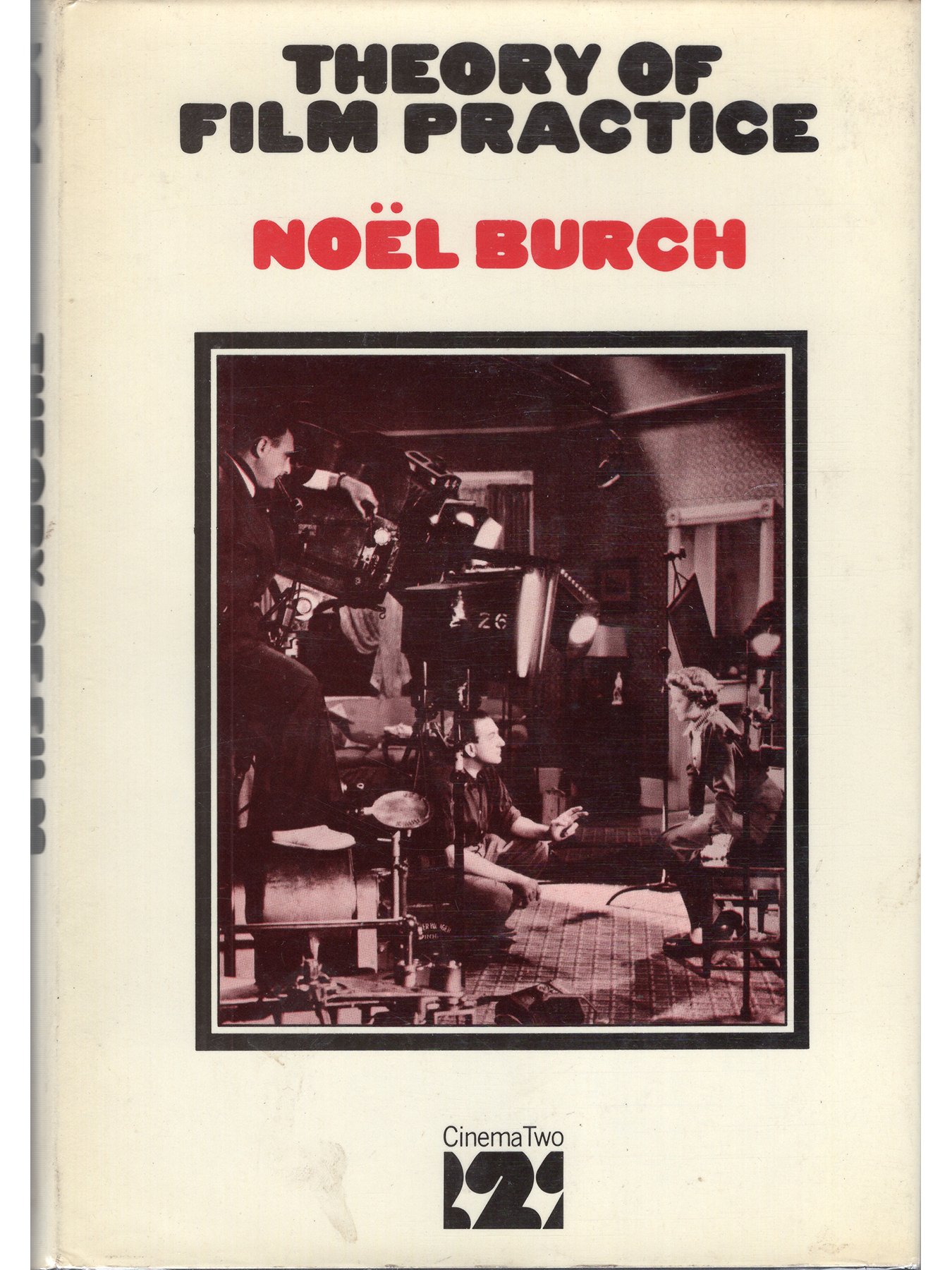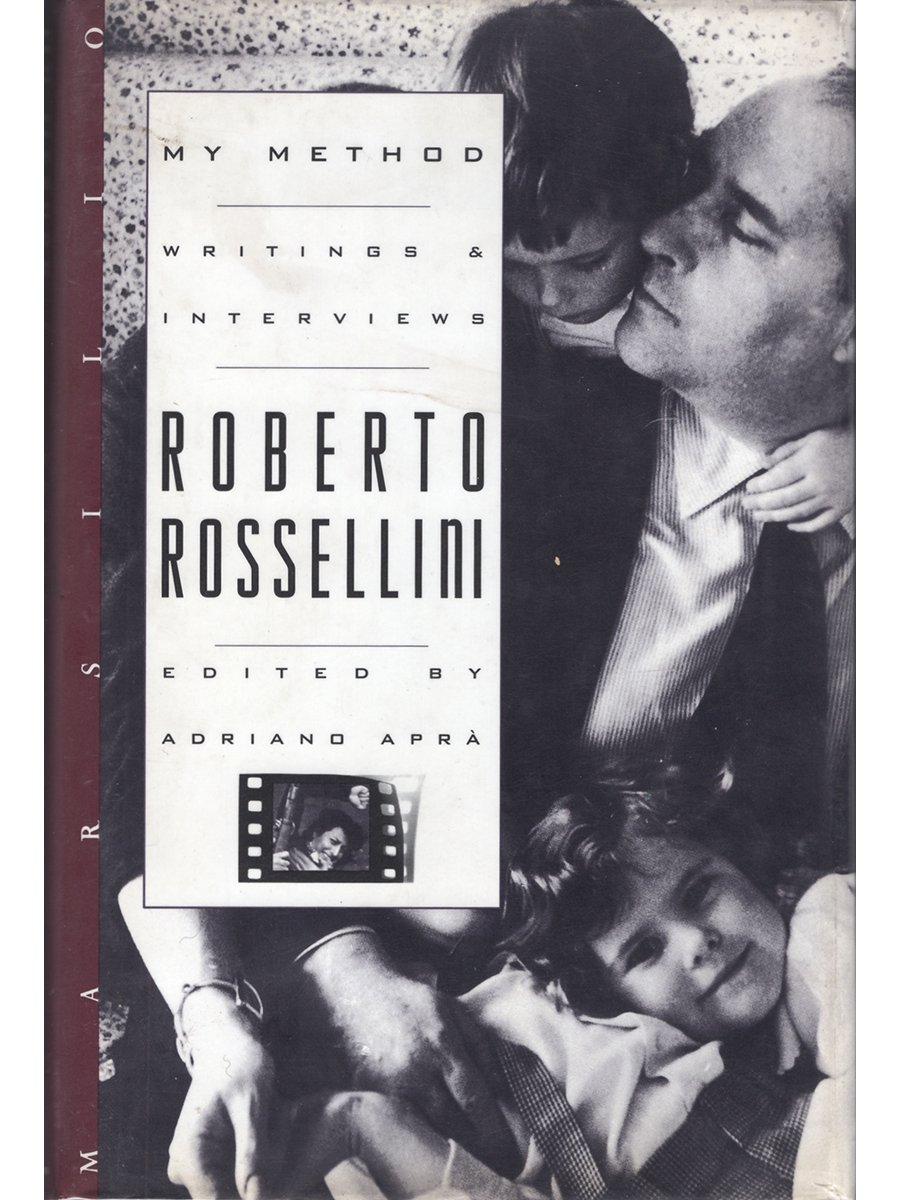A Personal Journey with Martin Scorsese (Hardcover First Edition)
Published by Miramax Books, 1997
Hardcover
First printing
191 pages
10x8.5 inches
Book and dust jacket in Near Fine condition.
Beautiful coffee table book filled with images. This account of American films is balanced between subjective enthusiasm and objective analysis. Scorsese starts from his own childhood love affair with the cinema, when he discovered King Vidor's Dual in the Sun as a boy. The book is not an orthodox film history, but rather a genuinely personal voyage of discovery. Scorsese recalls from his youth the kind of films that had a strong influence on him: not only the prestige titles from major directors and studios, but also the unsung B-films, as well as other despised and undervalued genres. What Scorsese responds to, and celebrates, is cinema itself—the films that make the fullest use of the medium's potential, and the film-makers who worked within the system, yet still retained a personal vision.
Published by Miramax Books, 1997
Hardcover
First printing
191 pages
10x8.5 inches
Book and dust jacket in Near Fine condition.
Beautiful coffee table book filled with images. This account of American films is balanced between subjective enthusiasm and objective analysis. Scorsese starts from his own childhood love affair with the cinema, when he discovered King Vidor's Dual in the Sun as a boy. The book is not an orthodox film history, but rather a genuinely personal voyage of discovery. Scorsese recalls from his youth the kind of films that had a strong influence on him: not only the prestige titles from major directors and studios, but also the unsung B-films, as well as other despised and undervalued genres. What Scorsese responds to, and celebrates, is cinema itself—the films that make the fullest use of the medium's potential, and the film-makers who worked within the system, yet still retained a personal vision.
Published by Miramax Books, 1997
Hardcover
First printing
191 pages
10x8.5 inches
Book and dust jacket in Near Fine condition.
Beautiful coffee table book filled with images. This account of American films is balanced between subjective enthusiasm and objective analysis. Scorsese starts from his own childhood love affair with the cinema, when he discovered King Vidor's Dual in the Sun as a boy. The book is not an orthodox film history, but rather a genuinely personal voyage of discovery. Scorsese recalls from his youth the kind of films that had a strong influence on him: not only the prestige titles from major directors and studios, but also the unsung B-films, as well as other despised and undervalued genres. What Scorsese responds to, and celebrates, is cinema itself—the films that make the fullest use of the medium's potential, and the film-makers who worked within the system, yet still retained a personal vision.






